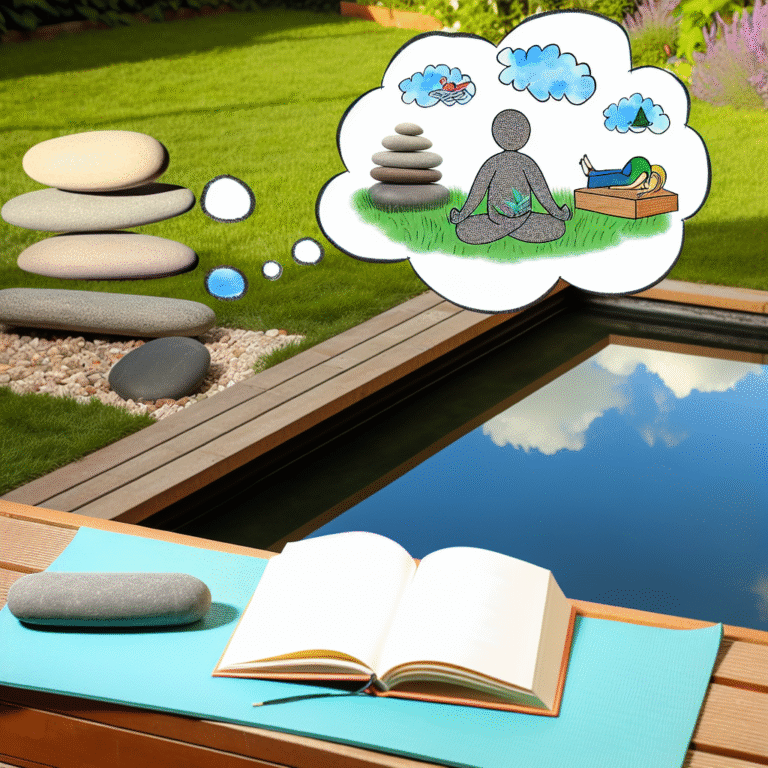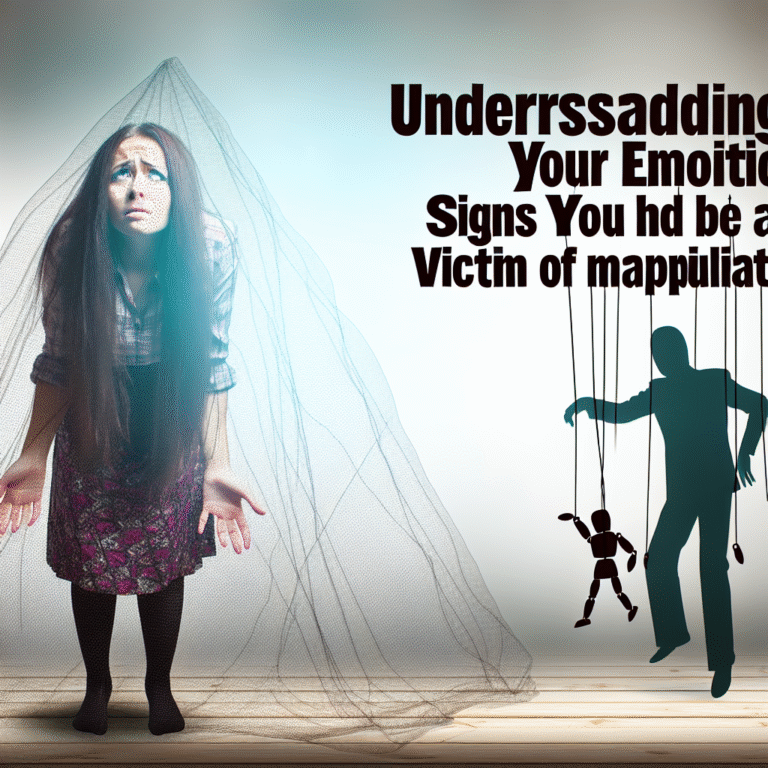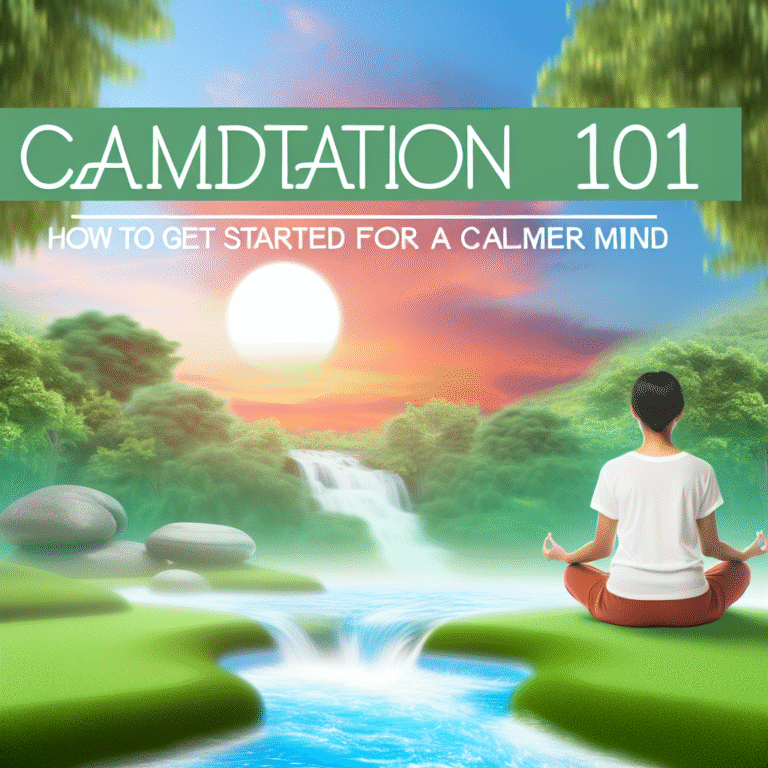
Boundaries and Beyond: Transforming Your Relationships for the Better
Introduction
Imagine a world where your relationships bloom with authenticity, respect, and joy. A realm where conversations flow freely, and misunderstandings are rare. This ideal scenario is achievable, but it requires something profound at its core: boundaries. Understanding “Boundaries and Beyond: Transforming Your Relationships for the Better” is not only essential but transformative. In a society where boundaries often blur, honing this skill can empower you to nurture healthier, more fulfilling connections.
Understanding Boundaries
What Are Boundaries?
Boundaries are personal guidelines that dictate how you interact with others and how they interact with you. They delineate what is acceptable and unacceptable in your relationships, whether they are romantic, familial, or social. Boundaries can be physical, emotional, or even digital in today’s interconnected world.
Why Boundaries Matter
Boundaries are crucial for:
- Preserving Mental Health: Clear boundaries foster self-esteem and reduce feelings of anxiety.
- Improving Relationships: Respecting boundaries allows for deeper connections based on trust.
- Encouraging Personal Growth: Establishing personal limits helps you focus on your goals and draws healthier interactions.
Common Misconceptions
Many people confuse boundaries with barriers. It’s essential to understand that establishing boundaries doesn’t mean building walls; instead, it’s about creating a safe space for yourself and others.
Exploring the Types of Boundaries
1. Physical Boundaries
These protect your personal space and physical integrity. For example, a firm handshake or a comforting hug can communicate warmth, while a request for personal space conveys respect.
2. Emotional Boundaries
Emotional boundaries pertain to how we express feelings and how we allow others to treat our emotional wellbeing. For instance, it’s vital to communicate when comments hurt or when to engage in constructive discussions.
3. Digital Boundaries
In our digital age, setting boundaries around social media engagement and online interactions is critical. Decide who can view your personal information and how you’ll respond to unsolicited messages.
The Benefits of Setting Boundaries
Below is a table outlining the key benefits of boundaries in relationships.
| Benefit | Description |
|---|---|
| Improved Communication | Open dialogues reduce misunderstandings and foster intimacy. |
| Enhanced Self-Respect | Clearly stated needs foster a sense of self-worth. |
| Lowered Anxiety Levels | Knowing your limits can ease stress and promote calmness. |
| Healthier Relationships | Mutual respect leads to stronger, more resilient connections. |
Case Study: Sarah and Tom
Consider Sarah and Tom, a couple wrestling with communication issues. Sarah felt overwhelmed by Tom’s constant need for attention, leading to anxiety. Through open discussions about their emotional boundaries, Sarah expressed her needs. Tom learned to respect those limits, paving the way for a more profound connection. Their relationship flourished when both understood how “Boundaries and Beyond: Transforming Your Relationships for the Better” can lead to harmony.
The Steps to Establishing Boundaries
Identify Your Needs
Reflect on your experiences. What are the recurring concerns or feelings that arise in your relationships? This self-awareness is crucial in determining what boundaries you need to establish.
Communicate Clearly
Once identified, it’s essential to convey your boundaries clearly. Use “I” statements to express your feelings without placing blame. For instance, say, “I feel overwhelmed when my schedule is not respected,” rather than “You never listen to me.”
Be Consistent
Setting boundaries is not a one-time event; it requires ongoing efforts. Remain consistent in upholding them, and others will learn to understand and respect your limits.
Learn to Say No
The power of “no” is transformative. It frees you from unnecessary obligations and preserves your emotional energy for vital relationships and pursuits.
Acknowledge Emotions
Recognize that emotions may arise when you set boundaries. Accepting these feelings as part of the process will make them easier to manage over time.
Expanding Your Horizons: Beyond Boundaries
While boundaries are essential, nurturing relationships goes further. Here are additional strategies you can implement for a holistic approach to improving connections:
1. Empathy Development
Empathy allows you to understand others’ perspectives. Making an effort to empathize will enhance your relationships significantly.
2. Active Listening
Cultivate the habit of active listening. This means engaging fully with what someone else is saying. The increased depth of connection can guide you through rebuilding trust and understanding.
3. Compassionate Communication
Communicate with kindness, even during disagreements. Focus on solutions rather than blame, and your relationships will benefit.
4. Encouraging Growth
Support others in their growth journeys. Celebrate their successes, and they will feel valued and respected in your relationship.
Case Study Analysis: The Family Dinner Dilemma
In a family that struggled with open communication, the dinner table often turned into a battleground of arguments. Through setting emotional boundaries and practicing compassionate communication, they transformed their gatherings into supportive environments: a case of “Boundaries and Beyond: Transforming Your Relationships for the Better” yielding remarkable results.
Conclusion
The journey towards transforming your relationships through boundaries is profound and rewarding. By understanding, establishing, and maintaining personal limits—while going beyond them to foster empathy and deeper connections—you can create an enriching emotional landscape. Remember, your boundaries are not walls but gateways to healthier, more authentic relationships.
By prioritizing “Boundaries and Beyond: Transforming Your Relationships for the Better,” you empower not only yourself but also those around you. Start today! Outline your boundaries, communicate clearly, and watch your connections flourish.
FAQs
1. What are the signs of unhealthy boundaries?
Common signs include feelings of resentment, frustration, and feeling overwhelmed or taken advantage of in relationships.
2. How do I start setting boundaries?
Begin by identifying your needs, communicating them clearly using “I” statements, and practicing saying no when necessary.
3. Can boundaries lead to conflict?
While boundaries can initially cause discomfort, they ultimately promote healthy dialogue and resolution by clarifying expectations.
4. How do I maintain boundaries in difficult relationships?
Stay consistent, revisit your needs periodically, and be clear in your communication. Remember, setting boundaries is an ongoing process.
5. What if someone doesn’t respect my boundaries?
If someone consistently ignores your boundaries, it may be necessary to reassess that relationship or approach it with stronger boundaries.
In embracing the concept of "Boundaries and Beyond: Transforming Your Relationships for the Better," you not only empower yourself but open the door for healthier, thriving relationships that enhance your life quality significantly.














